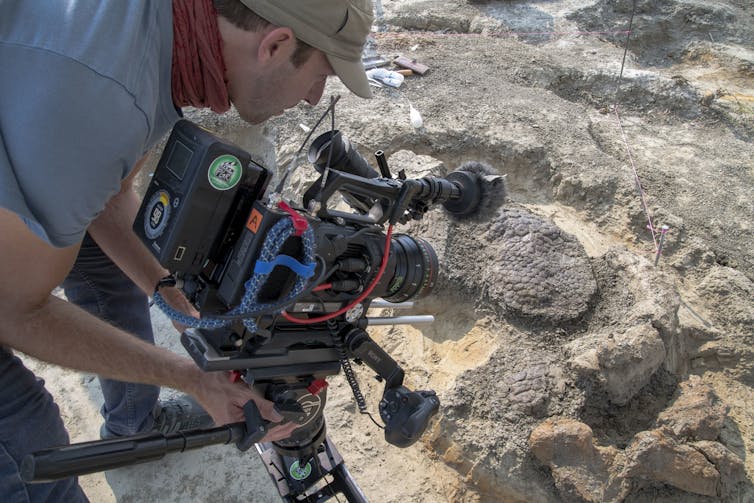Buried in the rocks in North Dakota lies evidence of the exact day the dinosaurs were obliterated from the planet, some 66 million years ago. That’s the claim of palaeontologist Robert DePalma and colleagues…
For the last ten years, DePalma has focused his work on a fossil rich site – which he has named “Tanis” – in North Dakota’s Hell Creek Formation. And since 2019, he and his colleagues have put forward some very strong claims about what Tanis tells us about the end of the Cretaceous period.
DePalma believes that Tanis is a mass graveyard of creatures killed during the asteroid strike.
There is no doubt that an asteroid led to the mass extinction of non-avian dinosaurs – and at least 50% of other species – 66 million years ago. But there has been some controversy around DePalma’s claim that the site documents the very day that the asteroid struck – and reveals direct evidence of the very last dinosaurs on Earth.
